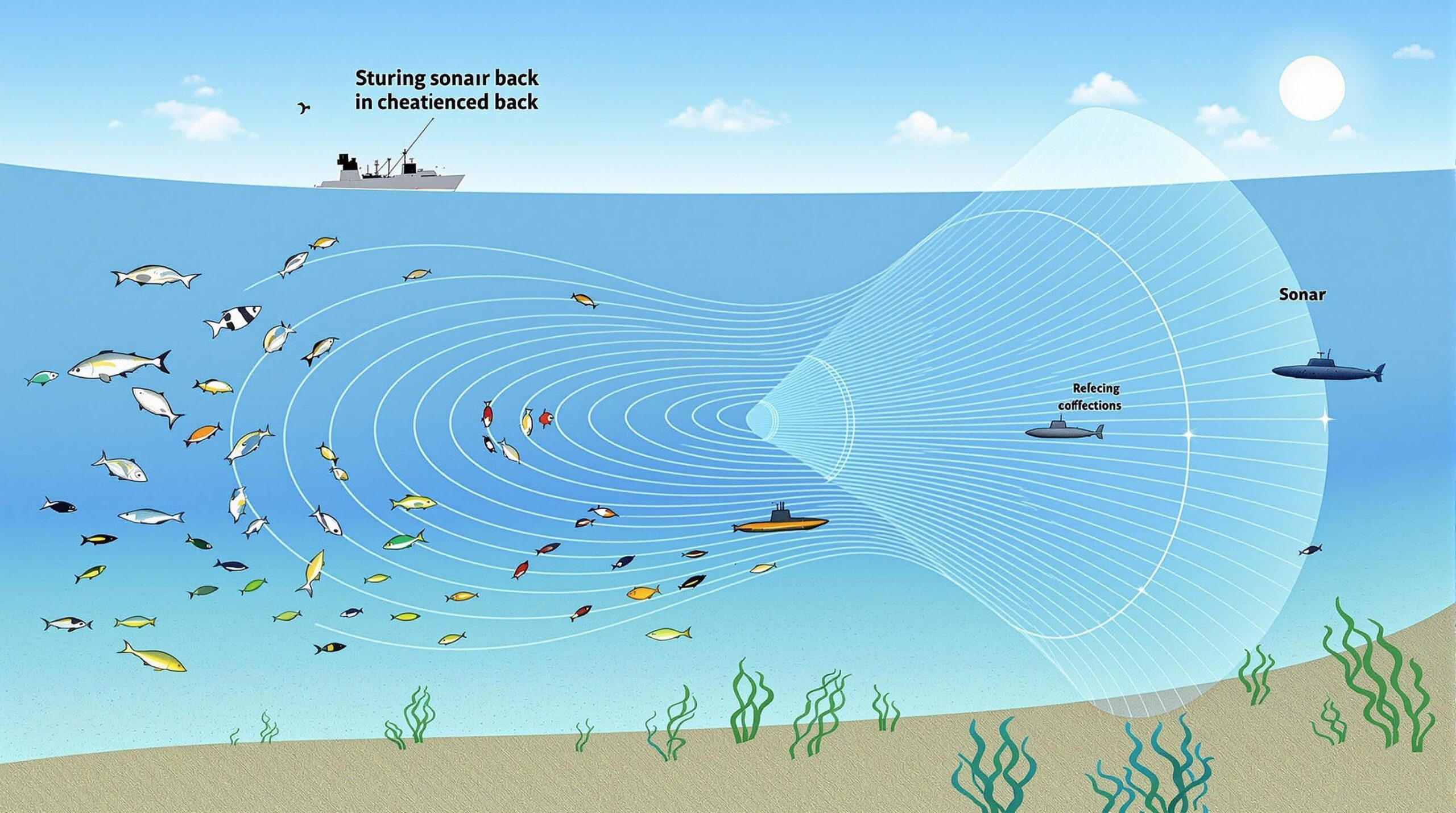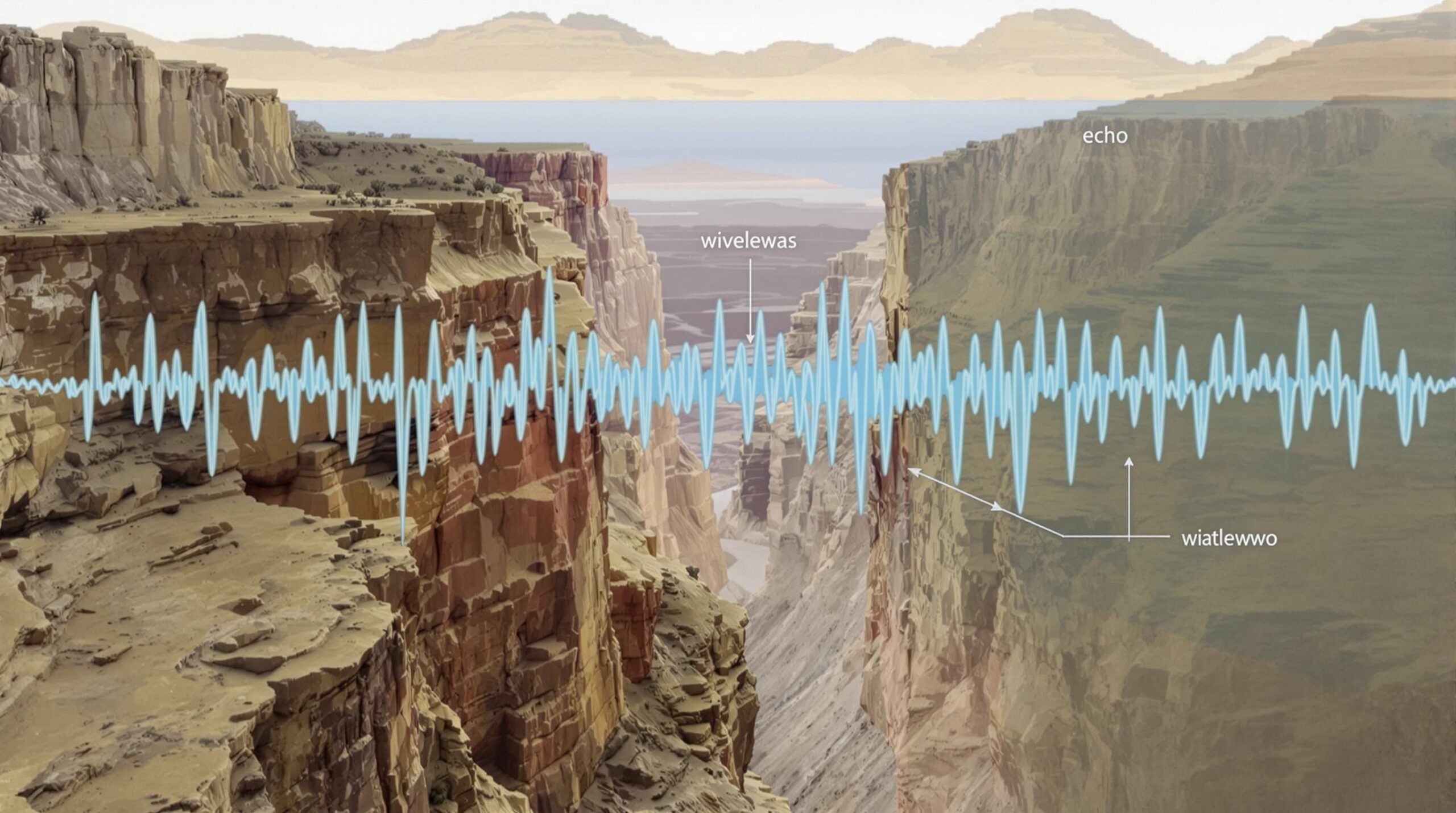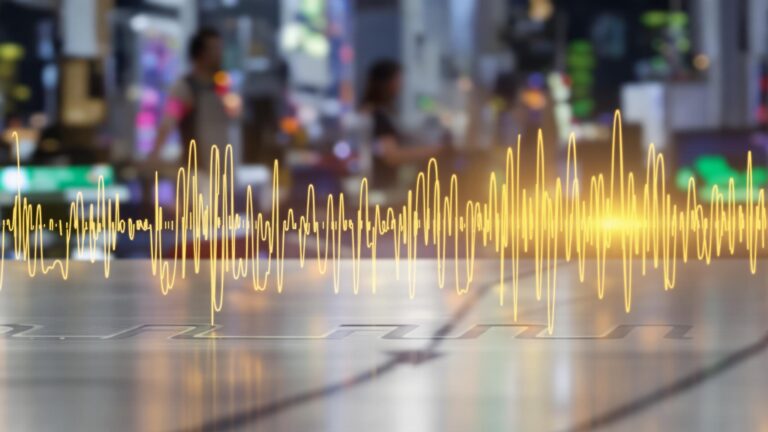Have you ever wondered how bats navigate in the dark or how submarines ‘see’ underwater? The answer lies in the fascinating world of echo wavelengths.
Echo wavelengths, the foundation of echolocation and sonar technology, provide a window into realms beyond our direct perception. This article dives into the science behind echo wavelengths, exploring their properties, applications, and the surprising insights they offer.
What are Echo Wavelengths?
At its core, an echo is a sound wave that bounces off a surface and returns to its source. The wavelength of this sound wave – the distance between two consecutive peaks or troughs – plays a crucial role in determining what information the echo can carry.
-
Frequency and Wavelength: Shorter wavelengths correspond to higher frequencies (high-pitched sounds), while longer wavelengths correspond to lower frequencies (low-pitched sounds). This relationship is fundamental to understanding how echoes are interpreted.
-
Reflection and Absorption: Different materials and surfaces interact with sound waves differently. Some materials reflect sound waves efficiently, creating strong echoes, while others absorb sound waves, resulting in weaker echoes or no echo at all. The wavelength influences how well a surface reflects or absorbs the sound.
Echolocation in Nature
Nature provides incredible examples of echo wavelength mastery:
-
Bats: Bats emit high-frequency sounds with short wavelengths. These short wavelengths allow them to detect small objects like insects with remarkable precision. The echoes they receive paint a detailed acoustic picture of their surroundings.
-
Dolphins: Dolphins use a range of frequencies for echolocation, adapting their wavelengths depending on the size and distance of their target. This allows them to navigate complex underwater environments and hunt for prey effectively.
Sonar Technology: Echoes in Action
Humans have harnessed the power of echo wavelengths in sonar technology, used in various applications:
-
Navigation: Ships use sonar to determine the depth of the water, map the seabed, and avoid obstacles. By analyzing the echoes, they can create a detailed picture of the underwater environment.
-
Fishing: Fishermen use sonar to locate schools of fish. The sonar emits sound waves, and the echoes bouncing back from the fish reveal their location and density.
-
Medical Imaging: Ultrasound, a form of sonar, uses high-frequency sound waves to create images of internal organs. The different densities of tissues reflect sound waves differently, allowing doctors to diagnose medical conditions.
Why Wavelength Matters
The wavelength of an echo determines the level of detail that can be obtained. Shorter wavelengths provide better resolution, allowing for the detection of smaller objects. However, shorter wavelengths also have a shorter range, as they are more easily absorbed by the medium they travel through. Longer wavelengths have a greater range but provide less detail.
The Future of Echo Wavelength Technology
As technology advances, we can expect even more sophisticated applications of echo wavelength technology. From improving underwater communication to developing more accurate medical imaging techniques, the possibilities are vast.
Echo wavelengths offer a powerful tool for exploring the world around us, revealing hidden information and enabling us to ‘see’ beyond the limits of our natural senses. By understanding the principles of echo wavelengths, we can unlock secrets and gain a deeper appreciation for the intricate workings of our world.



